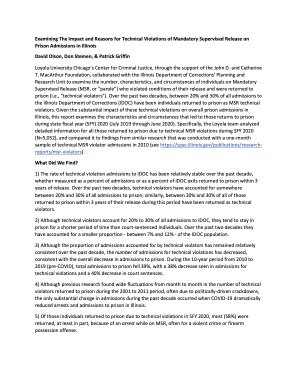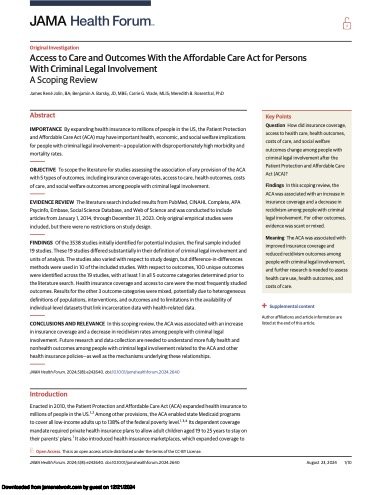By Jayne Price
This report forms part of PRT’s National Lottery Community Fund funded Building Futures Programme that, since 2020, has been exploring the experiences of people serving long-term prison sentences. The programme has defined its long-term cohort to include those men that will spend 10 or more years in prison and eight years or more for women. Based on consultation with 121 men and women aged 50 and over serving these sentences in 39 prisons in the UK, it provides insights into the age-specific experiences of this cohort. It aims to influence positive changes that would provide a more humane prison experience that recognises the distinct needs of this group. The prison population is ageing (around 17% of people inside are aged 50 and over). By July 2025 it is projected that the population aged 50 years and over will increase from 14,193 (November 2022) to 14,800. This shift is being driven by increased longevity amongst the general population as well as specific patterns of crime and sentencing. These trends are compounding pressures on a system that has been overcrowded every year since 1994 and where staff shortages continue to dog the system. These trends present significant challenges to the government, the prison system, those who live and work within it, and those responsible for providing services, including health and social care. These challenges include meeting human rights and equalities duties, such as the right to dignity and family life, and the right not to be discriminated against due to protected characteristics (including age and disability). These concerns have helped to drive an increase in research on the experience of older people in prison. For example, in 2020 the House of Commons Justice Committee published the findings of its inquiry into the ageing prison population. It found poor coordination between prisons, local authorities and social care providers; high levels of inconsistency in reasonable adjustments to meet the needs of those with disabilities; and a shortage of activities tailored for and accessible to older people in prison. The committee called for a national strategy for older prisoners, concluding that: “The greater needs of older prisoners and the challenges many prisons face in meeting these warrants a specific policy for the cohort.” PRT was one of many organisations to welcome the government’s commitment to produce such a strategy and its announcement in October 2020 that a steering group had begun to work on priorities that would include measures to ensure that older people in prison: • Are held in the most appropriate environments. • Can access a purposeful regime within prison. • Can access health and social care services equivalent to those within the community. • Are prepared for their release and resettled effectively. Findings The Older Offender Strategy is yet to be published. For this reason, our proposals are incorporated under our central recommendation that, as a matter of urgency, the government should publish a draft national strategy for rapid consultation and final publication before the end of the parliamentary year. These proposals are based on our consultation, and this report aims to ensure that the experiences, needs and ideas of older people with lived experience of prison can contribute to this positive change. Below we summarise key themes identified by participants. • Sentencing and adapting to prison life. For many participants, having already ‘lived a life’ minimised the feeling of ‘missing out’ and provided a sense of emotional maturity, which made adapting to the sentence easier than if it had happened at an earlier life-stage. However, this could also exacerbate people’s sense of loss. Having had independence, with the ability to make choices and have ‘normal’ responsibilities, the loss of autonomy was hard to accept. There were few opportunities to grieve this previous life, and respondents felt themselves becoming deskilled, disconnected, and institutionalised. • Relationships outside. Participants spoke about alternate lives continuing outside, with families and friends moving on without them. They talked about how having limited relationships with people on the outside impacted their motivation for leaving prison, and compounded feelings of loneliness and disconnection. Many had or expected to experience bereavements of loved ones whilst inside or have been/will be ‘deserted’ by family members unwilling to maintain their relationship. Some will leave prison with no friends or family to return to. Others are faced with the prospect of their own death in prison. • Purposeful activity. Many participants felt that education, behavioural programmes, and other activities were focused on the needs of younger people and/or were difficult to access. They reported few opportunities to engage with programmes aimed at the older prisoner cohort, and a high number of activities were based on employment, which was not always relevant to this group. Some wanted more opportunities to use the skills they had as a way of using their time purposefully, including peer mentoring or teaching roles that could benefit others. • Relationships inside. Despite the desire to provide support to younger prisoners, participants reported that the relationship between different age groups in prison could sometimes be strained. Older prisoners spoke of favouring a quieter, calmer environment, and being more compliant. The risk of elderly prisoners becoming vulnerable to intimidation and humiliation around their age-related health needs was also raised. • Health and wellbeing. Participants spoke about the importance of dignity around growing old in prison, particularly in relation to health and social care. For example, some shared instances of being unnecessarily cuffed when attending hospital visits. As participants age, the importance of these issues grows. From menopause to mobility-restricting conditions, participants faced a multitude of health concerns and faced barriers in getting the healthcare they required. They felt that their diet, physical space and day-to-day lifestyles (often sedentary and isolated) accelerated the onset of frailty and worsened health outcomes.
London: Prison Reform Trust, 2024. 52p.














